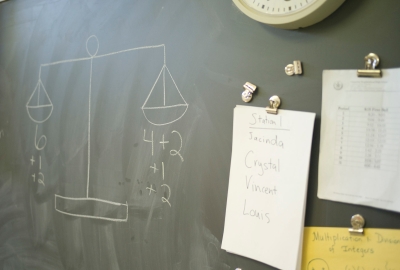
A Report on the School Choices and Placements of Low-Achieving Students
By Lori Nathanson, Sean Corcoran and Christine Baker-Smith (April 2013)
School choice policies, a fixture of efforts to improve public education in many cities, aim to enable families to choose a school that they believe will best meet their child’s needs. In New York City, choice and the development of a diverse portfolio of options have played central roles in the Department of Education’s high school reform efforts.
This report examines the choices and placements of New York City’s lowest-achieving students: those scoring among the bottom 20 percent on standardized state tests in middle school. Focusing on data from 2007 to 2011, the report looks at who these low-achieving students are, including how their demographics compare to other students in NYC, the educational challenges they face, and where they live. The bulk of the report reviews low-achieving students’ most preferred schools and the ones to which they were ultimately assigned, assessing how these schools compare to those of their higher-achieving peers.
The findings show that low-achieving students attended schools that were lower performing, on average, than those of all other students. This was driven by differences in students’ initial choices: low-achieving students’ first-choice schools were less selective, lower-performing, and more disadvantaged. Overall, lower-achieving and higher-achieving students were matched to their top choices at the same rate. Importantly, both low- and higher-achieving students appear to prefer schools that are close to home, suggesting that differences in students’ choices likely reflect, at least in part, the fact that lower-achieving students are highly concentrated in poor neighborhoods, where options may be more limited.

